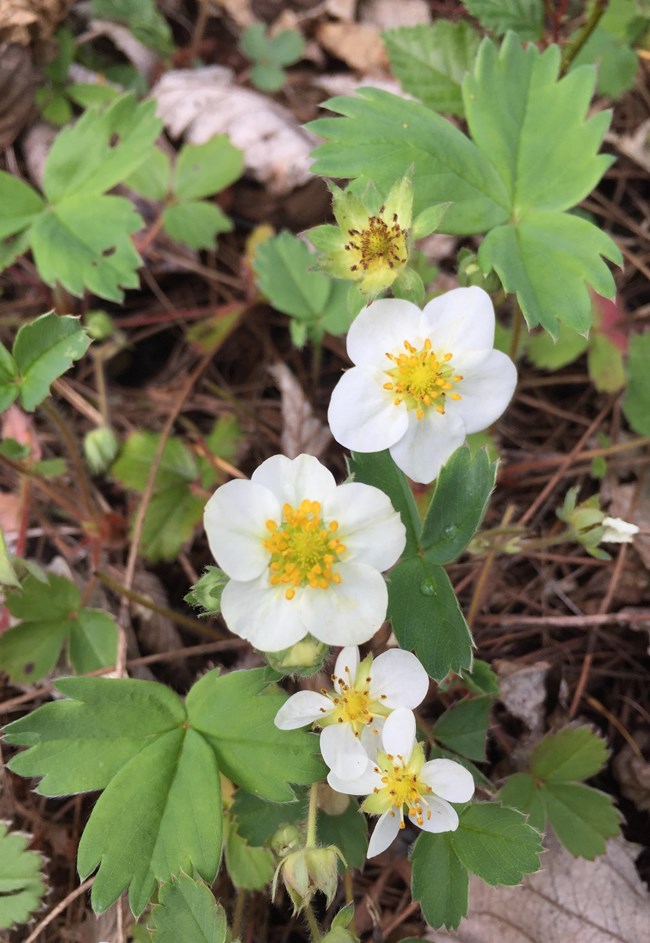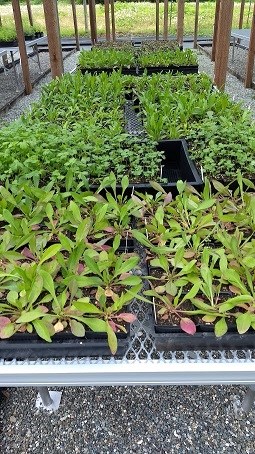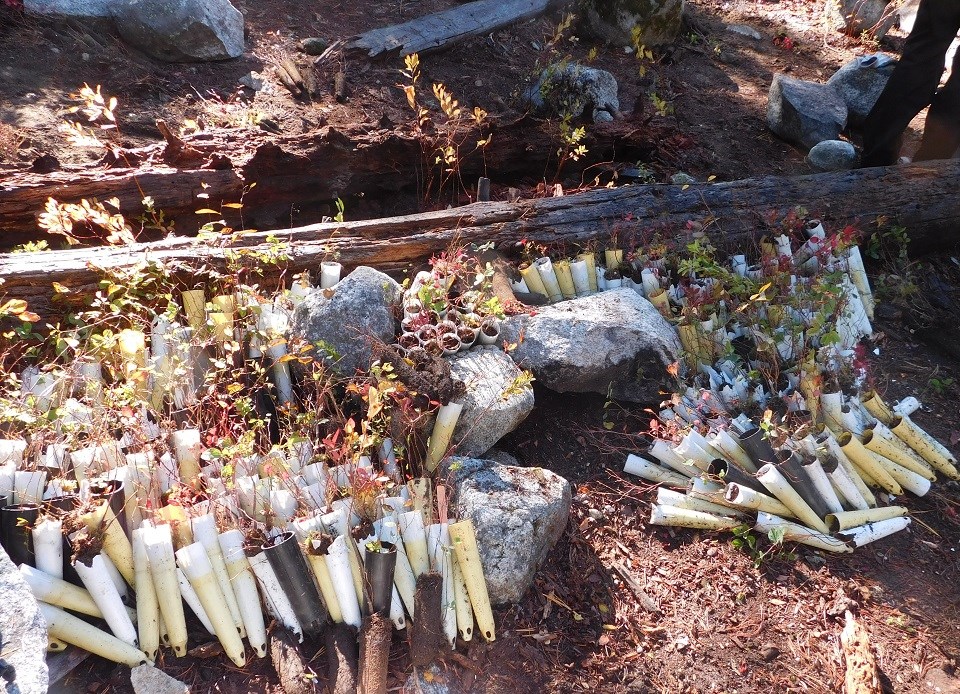
Restoration of Native PlantsNative plant communities within North Cascades National Park Service Complex support native wildlife species, provide for traditional uses, protect soils from erosion, and reduce the extent of invasion by exotic plant species. However, human activities can create significant damage to these plant communities. Park visitors often trample native plants in and around popular destinations. Hikers create networks of informal trails near designated hiking trails, which can cause erosion of the main trail in addition to damaging plants. Workers also destroy native plant communities during construction or maintenance projects.The revegetation program at the park complex restores native plants to these impacted areas. Every restoration program begins on site, where National Park Service staff choose which species to propagate based on the existing plant assemblages in the adjacent area. Park staff collects seed from plants within a one-mile radius of the restoration site, then grow the plants from seed in containers at the native plant nursery in Marblemount, WA. In fall, once the plants begin to go dormant and precipitation is likely, staff plant them out at the restoration site. At some sites, staff spread seed directly at the site to supplement the planting. For 2-3 years after planting, when plants are not fully acclimated to their new site, staff must water them during the dry summer months. Restoration work can be labor intensive, but the work is hands-on and engaging for employees and volunteers of all ages. An integral part of the park restoration program is youth engagement. Each summer, the revegetation program hosts a Youth Conservation Corps (YCC) crew of six high-school-age employees. YCC members gain an enriching work experience during their eight weeks working on projects such as pasture maintenance and nursery work, with one day per week focused on environmental education. Local children also enjoy volunteering at the nursery, probably because many of the tasks involve getting dirty or wet. 
What Can You Do to Help?There are plenty of other volunteer opportunities within the restoration program! 
North Fork Campground Revegetation ProjectOne of the most recent revegetation projects as of June 2019 is a planting at North Fork Campground along the Pacific Crest Trail. This campground is located in the Stephen Mather Wilderness, a 10-mile hike from the nearest road. The revegetation site had been used as a camping area, but does not comply with Leave-No-Trace camping ethics since it is very near the creek. Prior to planting, very few plants survived in the 752 ft2 area chosen for revegetation. In early October 2018, National Park Service staff planted over 1,000 plants (of 5 species) in the area, and covered the soil with mulch from nearby decomposing logs. 

Left image
Right image
|
Last updated: July 3, 2019
